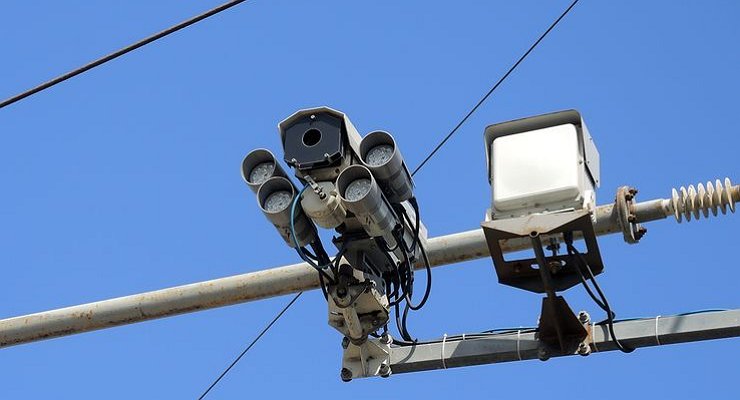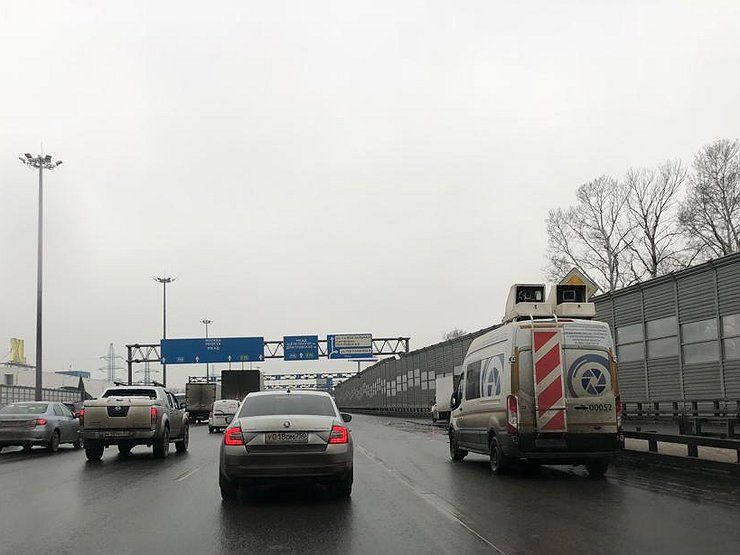At what distance does the camera actually “click” on the violator of the traffic rules
- November 18, 2022
- 0
The Russian driver has long been accustomed to monitoring not only the pits on the track, but also the speed at which he drives, so as not to
The Russian driver has long been accustomed to monitoring not only the pits on the track, but also the speed at which he drives, so as not to

From year to year, police radars not only evolve, but also appear where possible. “Big Brother” has learned to fine literally everything: for driving on a traffic ban, violating marking rules, leaving the stop line, driving in the lane assigned for public transport. But still, the most popular offense on Russian roads is still non-compliance with the speed limit. It is the haste and reckless drivers who annually bring colossal money into the treasury.
Of course, you can protect yourself from an accidental “letter of happiness” by hanging a radar detector on the dashboard. But really high-quality models are indecently expensive! And the hour is not even yet, we will ban their use in the same way as posting black squares on social networks, wearing clothes with obscene prints and calling the president’s name in vain. Therefore, observing the traffic rules is of course the best antidote to a fine. For those who deliberately or accidentally flout the rules, it’s probably helpful to know that the cameras don’t “catch” a mile away at all. And less than 500 meters away. So slow down so as not to “hit”, you still have time.
For example, the complexes “Arena” and “Chris” determine homegrown Hamilton at a distance of up to 100 meters, and “Cordon” and “Krechet” – up to 150 meters. But “Strelka” in its various modifications can catch offenders at a distance of 250 to 400 meters. At the same time, one should not forget that police cameras often “shoot” in the back.
By the way, there is an opinion that complexes for shooting traffic violations cannot catch a “flyer” rushing at maximum speed. However, this is not the case at all. Modern devices, increasingly taking root on our roads, easily identify the “racer” even at speeds of up to 350 km / h.

From year to year, police radars not only evolve, but also appear where possible. “Big Brother” has learned to fine literally everything: for driving on a traffic ban, violating marking rules, leaving the stop line, driving in the lane assigned for public transport. But still, the most popular offense on Russian roads is still non-compliance with the speed limit. It is the haste and reckless drivers who annually bring colossal money into the treasury.
Of course, you can protect yourself from an accidental “letter of happiness” by hanging a radar detector on the dashboard. But really high-quality models are indecently expensive! And the hour is not even yet, we will ban their use in the same way as posting black squares on social networks, wearing clothes with obscene prints and calling the president’s name in vain. Therefore, observing the traffic rules is of course the best antidote to a fine. For those who deliberately or accidentally ignore the rules, it will certainly be useful to know that cameras do not “catch” a kilometer at all. And less than 500 meters away. So slow down so as not to “hit”, you still have time.
For example, the complexes “Arena” and “Chris” determine homegrown Hamilton at a distance of up to 100 meters, and “Cordon” and “Krechet” – up to 150 meters. But “Strelka” in its various modifications can catch offenders at a distance of 250 to 400 meters. At the same time, one should not forget that police cameras often “shoot” in the back.
By the way, there is an opinion that complexes for shooting traffic violations cannot catch a “flyer” rushing at maximum speed. However, this is not the case at all. Modern devices, increasingly taking root on our roads, easily identify the “racer” even at speeds of up to 350 km / h.
Source: Avto Vzglyad
Donald Salinas is an experienced automobile journalist and writer for Div Bracket. He brings his readers the latest news and developments from the world of automobiles, offering a unique and knowledgeable perspective on the latest trends and innovations in the automotive industry.